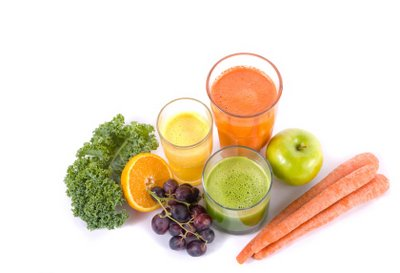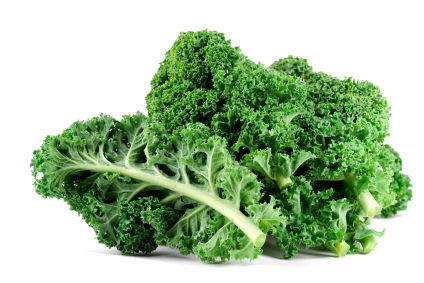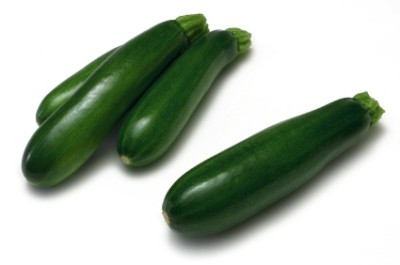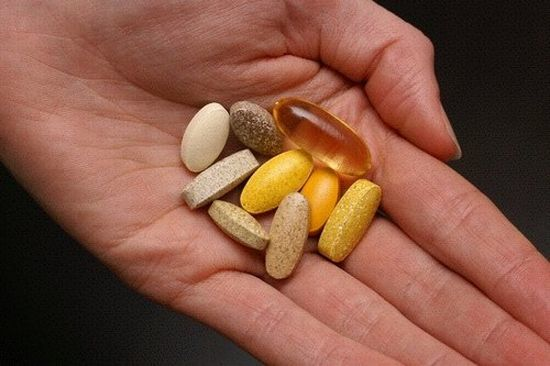
Top Ten Supplements For Primo Health

A portal for functional health topics and news.


Nasal irrigation is used clinically to flush out mucus and eliminate bacteria. A recent STUDY showed that certain bacteria are significantly eliminated by this procedure. Several bacterium species were significantly reduced, but not the H. influenzae that is responsible for a wide range of clinical diseases. Nonetheless, this study supports the claims of those that use such practices to reduce the complaints of sinusitis and allergies.
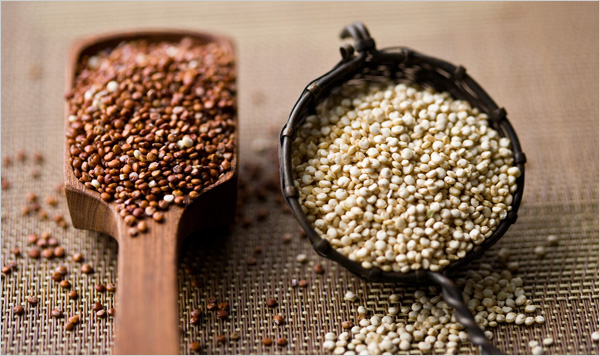
Quinoa is actually the seed of an herbaceous plant related to spinach and Swiss chard. The most popular seeds are a tan or yellow color. But several varieties and colors exist from black, to red, orange purple and pink. It has a rich nutty flavor with a tasty crunch.

By now I hope you're convinced you want to try juicing and you're pretty comfortable with knowing what you need to make a delicious, nutritious high quality juice. I only have a couple tips left and mostly want to help you with choosing the right equipment. If you've ever shopped for a juicer, I'm sure you know that the options are endless as are the price differences. Hopefully I can make the process of selecting the right juicer a little less daunting. But first I want to discuss something that always comes up when we discuss juicing vegetables.

Juicing does not cancel out a bad diet. It is important to build a diet around whole foods that are clean (organic), unadulterated (non-GMO) and fresh! Juicing organic vegetables is a way to augment that diet and be able to incorporate even more healthy nutritious disease preventative nutrients found in our rainbow of vegetables. Here I'm presenting a few more tips to make your juicing experience most palatable and beneficial.
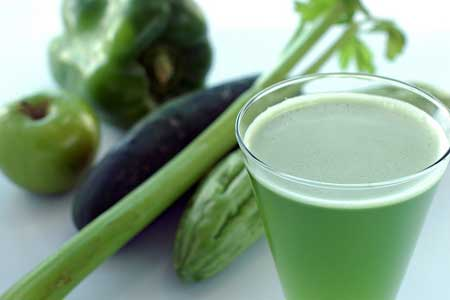
In Part 1 of this series I discussed what vegetables are good to start with. As you get accustomed to juicing and drinking liquid that is not sweetened, you can start to incorporate other nutrient dense vegetables. The following are the vegetables recommended by Dr. Joseph Mercola in progressive order:
